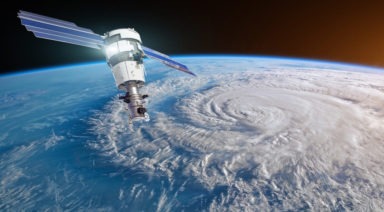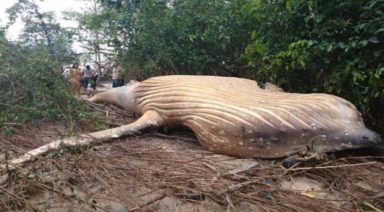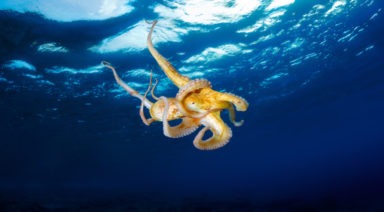NASA Announces Plans to Colonize the Moon By 2030

NASA has committed to putting humans on the moon by 2024 and human settlements by 2030, but what will it take to achieve this lofty goal?
Under NASA’s Artemis program the space agency announced the priority of going back to the moon with settlements on the lunar surface by 2030 that would act as a launch point for future missions to Mars. The program has many goals, chief among them to learn how to live on the surface of another planet.
But the moon’s surface is a harsh and hostile environment. Micrometeorites pelting the surface like missiles, 400-degree temperature swings, and the constant risk of radiation exposure from the sun create many obstacles for putting long-term settlements on the lunar surface. On the moon, we will have to supply the same foundations of human survival as we do on Earth including water, shelter, food, and oxygen. NASA is partnering with public and private partners to solve these problems.
So how will astronauts access these vital resources needed for survival? NASA won’t be able to bring sufficient life-sustaining resources from Earth, so they’ll have to make it upon arrival.
Learn more:
Have Recent Solar Flares Opened Energy Portals?

On October 28, 2021, a massive solar flare unleashed a blast of charged particles in Earth’s direction.
This geomagnetic storm resulted in a display of stunning auroras thanks to our planet’s protective magnetosphere. But did this powerful solar event also open temporary energetic portals?
On Oct. 28, a Category 3 geomagnetic storm erupted from the Sun’s surface reaching earth a few days later. This classification comes from the national oceanic and atmospheric administration’s space weather scale.
A level 3 geomagnetic storm is considered strong and can result in minor disturbances to high-frequency radio signals and low-frequency radio navigation. It also leads to auroras visible at much lower latitudes than usual, including as far south as Oregon and even Illinois.
Matias De Stefano, host of the Gaia series Initiation, happened to be in Oregon during this profound solar event.
These storms from the magnetic field of the Sun affect all the planets around, and of course when they hit Earth, they change the pattern of the magnetic field of the planet,” De Stefano said. “So, that opens portals all the time because it moves the energy of the planet and makes the geometrical patterns have to restore and readapt to something new.”
In 2012, NASA published a paper titled, “Hidden Portals in Earth’s Magnetic Field,” in which it explained that a scientist had discovered what the space agency refers to as x-points, or portals where the magnetic field of the Earth connects to the Sun.
According to Jack Scudder, the lead physicist who discovered these portals, this phenomenon creates an uninterrupted connection to the Sun‘s atmosphere 93 million miles away. But what effect does this have for us here on Earth?


































